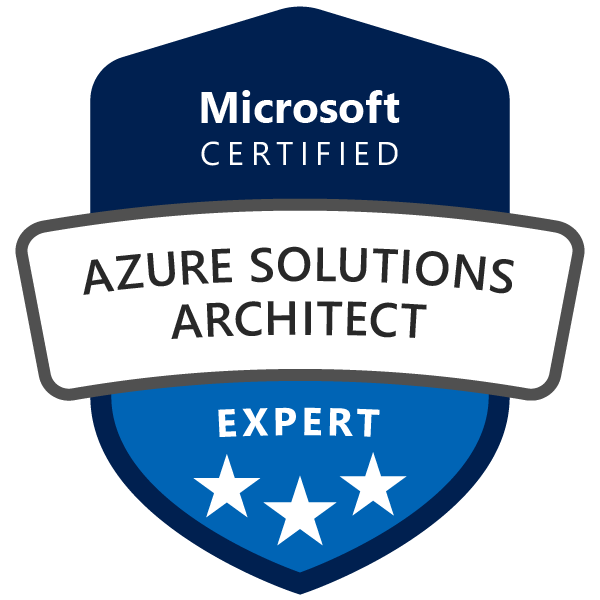This post, based on a recent video, provides a comprehensive guide to securing an Azure Kubernetes Service (AKS) environment. We will explore key best practices and configurations across authentication, identity management, network security, and secret management to help you build a resilient and secure cloud-native platform.
- Authentication and Authorization: Centralizing with Entra ID The choice of authentication method is foundational to your cluster’s security.
- Entra ID with Azure RBAC (Recommended): This is the most secure and manageable option. It links your AKS cluster directly to Entra ID (formerly Azure Active Directory), allowing you to manage all permissions and access control at the Azure level. This approach simplifies user management and provides a single, auditable source of truth for who can do what within your cluster.
- Entra ID with Kubernetes RBAC (Better): While this method uses Entra ID for authentication, it still manages roles and permissions inside the cluster. It’s an improvement over local accounts but can complicate auditing and management.
- Local Accounts (Not Recommended): The default but least secure option. It operates as a standalone cluster, making user management difficult and leaving access tokens stored unencrypted in kubeconfig files, which is a significant security risk.
- Identity Management for Workloads: The Principle of Least Privilege Granting applications the right to access other Azure services is a common requirement. The best practice is to avoid hard-coded credentials and instead use managed identities.
- Managed Identities: These provide an automatically managed identity for your Azure services, allowing them to authenticate to other services without needing to store passwords.
- Entra Workload Identity: This extends managed identities to your Kubernetes pods. It assigns a unique, non-expiring identity to a specific pod or application, ensuring that only that application has the necessary permissions to access specific resources (e.g., a database or storage account). This is a core component of the Principle of Least Privilege.
- Network Security: Going Private To minimize the attack surface of your AKS cluster, it’s crucial to make it private.
- Private AKS Cluster: By default, your Kubernetes API is publicly accessible. A private cluster removes this public endpoint, forcing all management traffic to occur over a secure, private Microsoft network. To access the cluster, you must use a jump box, a VPN connection, or Azure Bastion.
- Private Azure Container Registry (ACR): A private ACR prevents unauthorized access to your container images. By using a private endpoint and private DNS zone, your AKS cluster can pull images over a secure, private connection, even while using the public ACR URL.
- Secret Management: Ditching Manual Secrets Manually managing secrets in Kubernetes is prone to error and security risks. A better approach is to automate the process.
- Azure Key Vault Provider for AKS: This tool automatically synchronizes secrets, keys, and certificates from Azure Key Vault directly into your AKS cluster. It mounts them as volumes or Kubernetes secrets, meaning developers never have to handle secrets directly. This provides a clean separation of concerns: security teams manage secrets in a centralized vault, while developers focus on building applications.
- Additional Security Best Practices To maintain a secure AKS environment, also consider these recommendations:
- Disable SSH Access: Prevent direct SSH access to your worker nodes to reduce the attack surface and block unauthorized changes.
- Use Azure Linux: A secure, purpose-built Linux distribution from Microsoft that has a minimal footprint and reduces vulnerabilities.
- Implement Azure Policy: Use the Azure Policy Add-on to enforce security policies across your clusters, such as ensuring all images are signed and all containers have resource limits.
- Integrate Microsoft Defender for Containers: Automatically scan your container images in ACR for vulnerabilities and receive security alerts.
- Use AKS Automatic: Create new clusters with Microsoft’s recommended security best practices enabled by default.
By implementing these best practices, you can build a highly secure and compliant AKS environment that protects your applications and data from evolving threats.
Conclusion
Securing an AKS cluster is not a one-time task but a continuous process that requires a layered approach. By centralizing authentication with Entra ID and Azure RBAC, adhering to the principle of least privilege with Managed Identities, and locking down your network with private clusters and registries, you build a strong and resilient foundation. Integrating tools like the Azure Key Vault Provider for automated secret management and adopting additional best practices ensures that your security posture is robust and proactive. By implementing these strategies, you can confidently run your containerized workloads in a highly secure and compliant cloud-native environment.
You can find all the code sample on GitHub.
This post was AI-generated based on the transcript of the video “CyberWiseCon Europe 2025 - AKS Security Simplified - Protecting Your Kubernetes Environment” and reviewed by me.


Comments powered by Disqus.